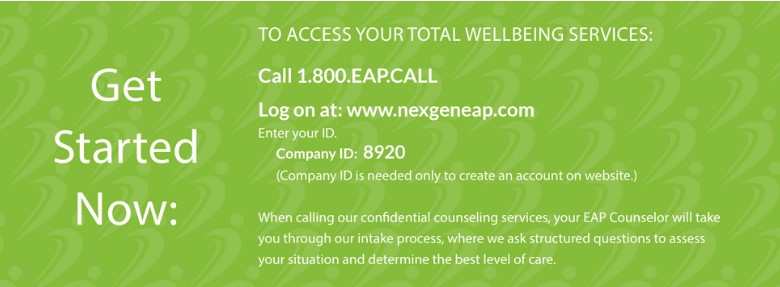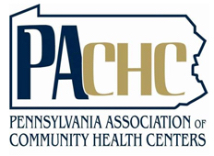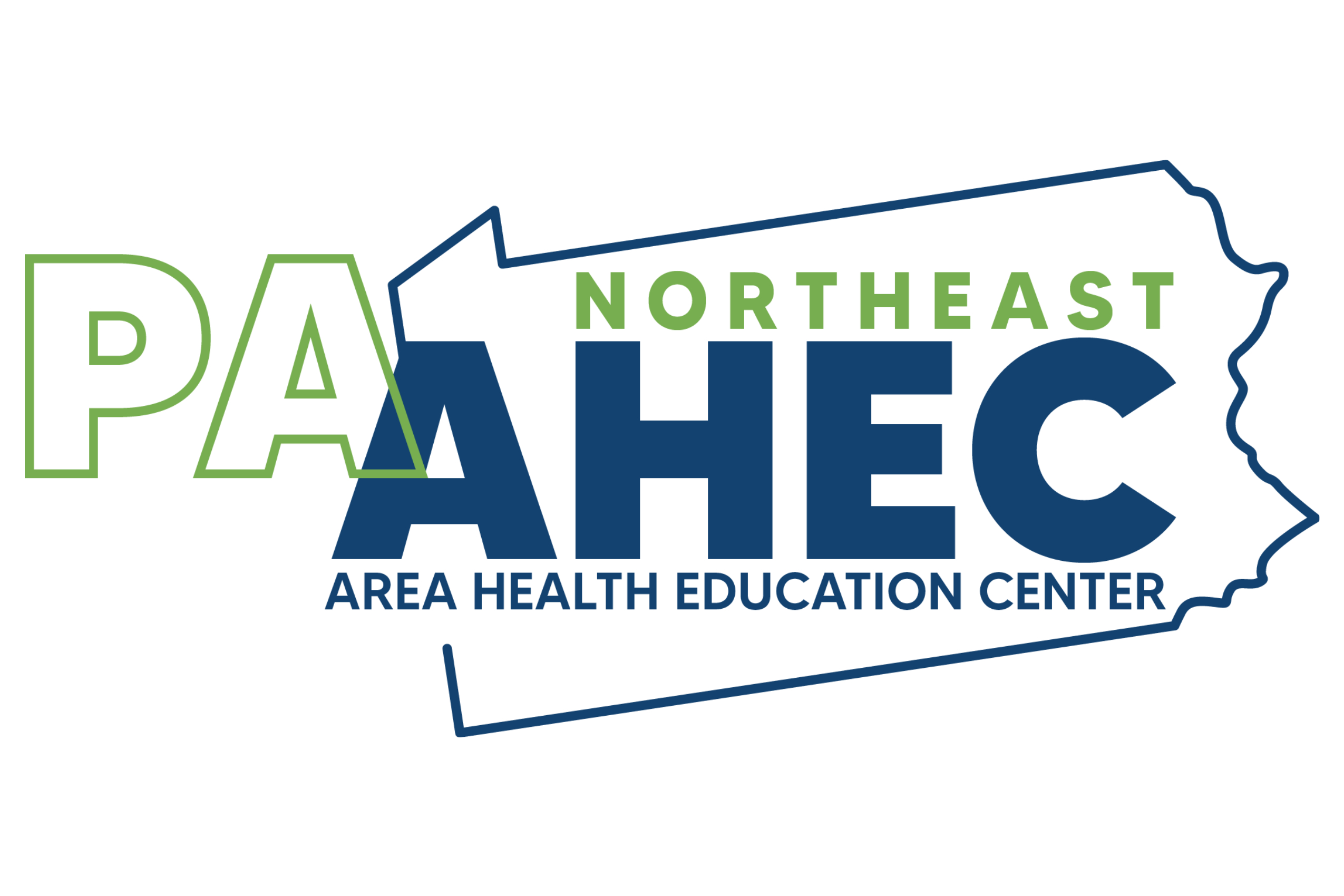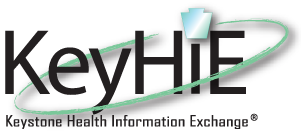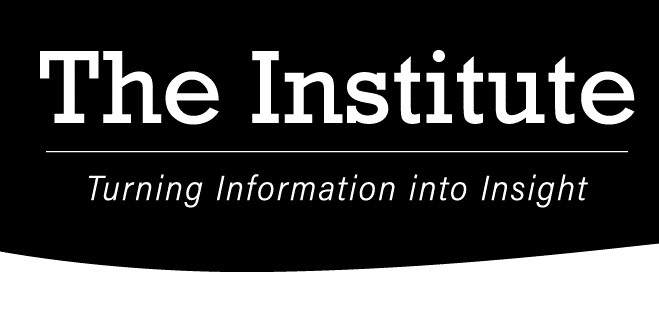Sanctuary Toolkit: Community Meeting

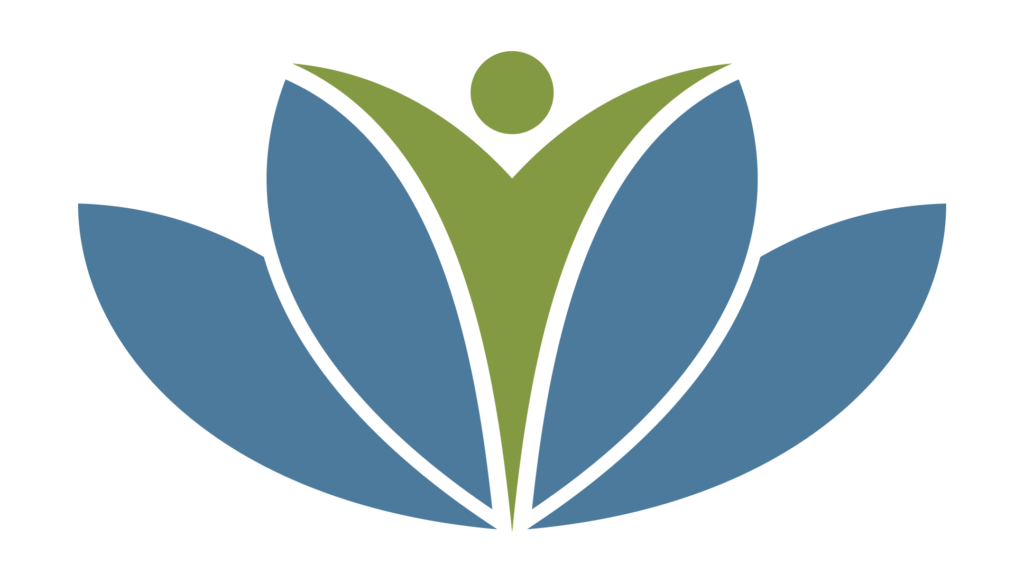

Sanctuary Toolkit: Community Meeting
Sanctuary certification has a project plan, milestones of actions, and progress checkpoints. It has Four Pillars, three of which we have reviewed already: Trauma Theory, S.E.L.F., and the Seven Commitments.
The fourth pillar is the Sanctuary Toolkit.
The Sanctuary tools are the concrete activities or rituals individuals and organizations use to inoculate themselves against the effects of further trauma and chronic stress. In the same way, you might take vitamins every day or brush your teeth daily to ensure good health and strong teeth and gums, the tools also should be used every day to ensure the health and functioning of our TWC community. They are vital for the implementation and sustained success of Sanctuary (and they are required for certification).
The toolkit is where the Sanctuary lift may start to feel a little heavier for some people. Maybe not heavy, but definitely awkward. And that awkwardness starts right up front with Community Meeting.
Community Meeting is a relatively simple concept. It is three questions:
How are you feeling?
What is your goal for today?
Who can you ask for help?
Seems simple enough, right? What if I told you we should start every meeting with these?
Well… ok. I mean, goals, yes, everyone at a meeting should state their goals for the meeting. Imagine the efficiency! And asking for help? That’s a little odd, but I suppose it is good to explicitly identify who can help me with those goals.
Nope. Let me stop you there. The ask-for-help question is much more generic. It is about identifying people in your workplace you can go to if you’re having a tough moment, or need a check-in (we’ll get to those in a bit), or any sort of help.
Hmm. Ok. We can do that. That will be awkward, but we’ll get used to it.
I noticed you skipped right over that first question. And I should mention that “good” and “fine” and “ok” are not acceptable answers. You really have to answer. the. question. In all honesty, I’m not all that comfortable with that one myself. So if you’re thinking, oh no, real feelings? At work! You’re not alone.
We have to remember, though, this Sanctuary work is about trauma processing. We don’t get to keep pretending we don’t have emotions at work like we’re some kind of robot if we’re serious about trauma processing. Not only do we not get to keep pretending to be professional robots, but we are also expected to actively engage in communally acknowledging, owning, and intentionally addressing our emotions and emotional reactions from moment to moment in our daily lives.
There was a lot in that last sentence, so let’s reread it.
Members of organizations on the Sanctuary path are expected to actively engage in communally acknowledging, owning, and intentionally addressing our emotions and emotional reactions from moment to moment in our daily lives.
This is what Community Meeting allows us to do. Having a colleague ask in a meeting – in front of others – how we are feeling, opens us to being held in the communal experience. We must trust that everyone in that meeting is engaging in the Seven Commitments so that we can honestly answer, particularly if our honest answer is on the not-well side of the emotional spectrum. Answering honestly gives us the opportunity to acknowledge and own our own emotions because the root of trauma work, and Sanctuary work, is owning our own stuff. We own our stuff, not someone else’s reactivity, not someone else’s behaviors we don’t like – OUR stuff. Our ability to tolerate the challenging behavior of others increases exponentially when we are able to authentically own our own stuff.
If we answer that we aren’t feeling all that well, the questioner is supposed to ask us, “Do you need a check-in?” This is an important step. It creates a caring connection point between speaker and listener, an opportunity for further conversation later in the day should we need it.
The communal sharing of our emotional state at the beginning of a meeting is the space for the human beings in the meeting to intentionally address the emotions in the room. As awkward and uncomfortable as this may be for many of us, this work leads to as many efficiencies as asking for goals. How often has someone not spoken up in a meeting because they felt something was off but didn’t know what? How often has someone left a meeting feeling that someone was upset with them when really the other person was stressed before the meeting even started? How much time do organizations waste in re-enactment triangles because its people are not clearly communicating, making assumptions, and so on and so on and so on, all because we are so dang awkward and afraid of our own and each other’s emotions?
It is also important to acknowledge that sometimes people default to “ok” and “fine” because they are not actually ok or fine, and do not wish to disclose more about it at work. Sanctuary tools like Community Meeting are in no way intended to force any disclosures of this kind, but as adults in a professional space, we need to own the whole of our well-being. If all of this brings things up for us, we should actively seek the help we need.
In the meantime, here is an incredible list of words for the various emotions we might be feeling at any given time that can help us to maintain our commitment to Sanctuary as well as protect our privacy.
Opening up to others can be difficult. Opening up to people we work with, where there are power dynamics and histories and trauma, can be even more difficult. This is why the Community Meeting cannot happen in a vacuum. It needs the support of knowing that each participant is fully engaging with all of Sanctuary. The pieces of the model are intertwined, and just as human beings are imperfect and changeable, how Sanctuary shows up and how we show up within it will be imperfect and changeable. We must extend to one another the grace of knowing fallibility while holding one another accountable for still doing our best. In other words, being fully human – mess and all.
Here’s to the mess, and our best.
Sincerely,

Meaghan P. Ruddy, Ph.D.
Senior Vice President
Academic Affairs, Enterprise Assessment and Advancement,
and Chief Research and Development Officer
QUICK TIP
The quick tip for this one is to try the Community Meeting in the safest place possible. Maybe that is your practice pod, with your cube mates, with your friends or your family, or maybe even yourself in the mirror. Notice what comes up. Just notice. Sometimes we will be quick to interpret or even judge a feeling. If that happens, notice that too – and breathe.
How are you feeling?
What is your goal for today?
Who can you ask for help?
